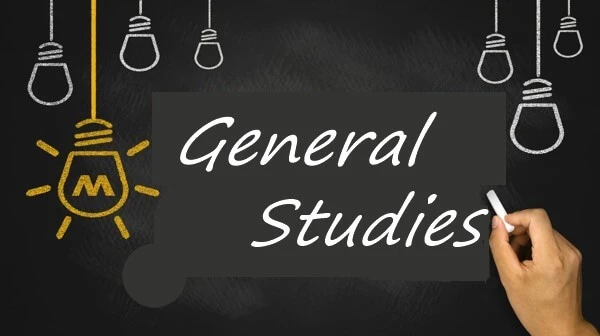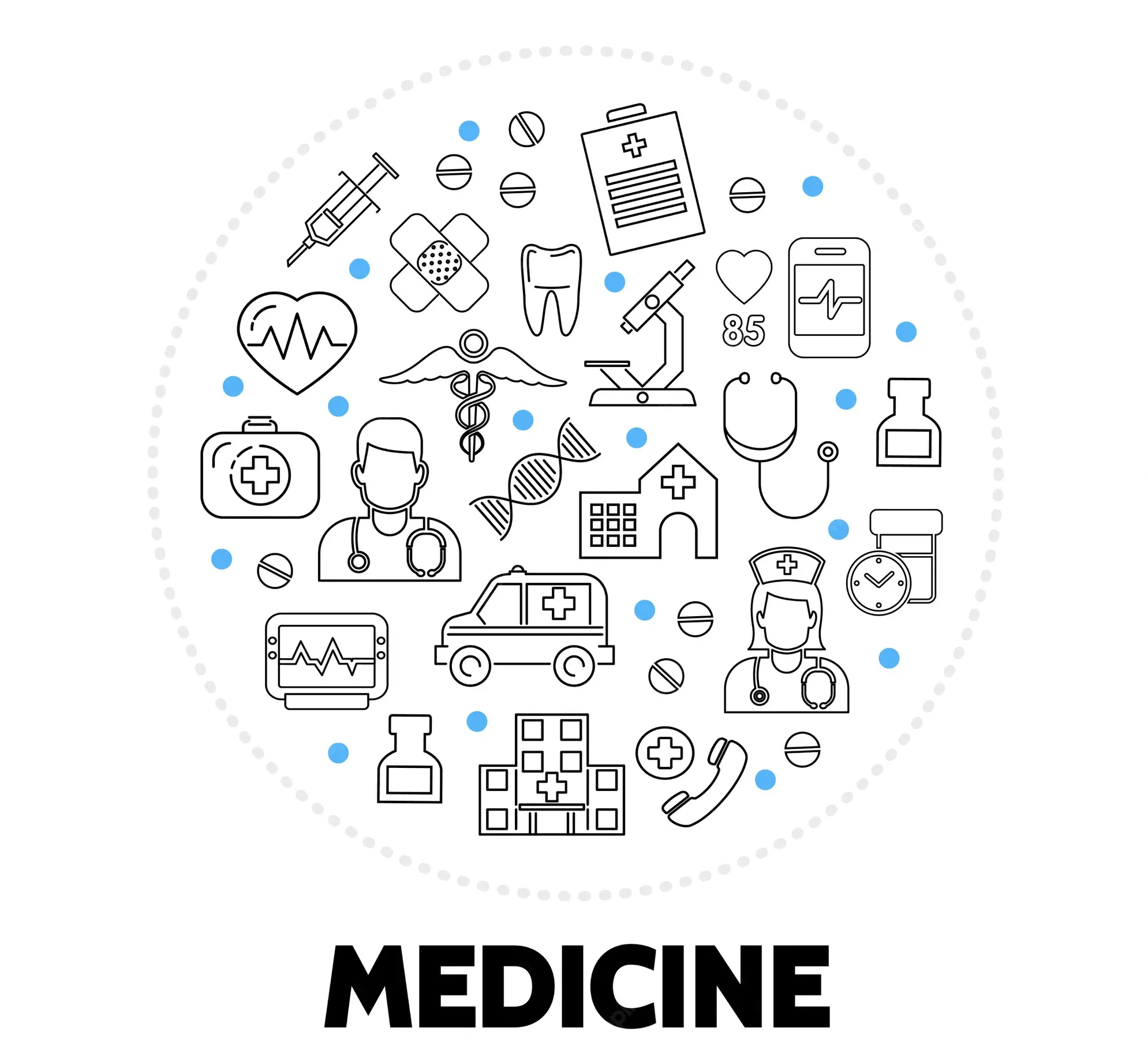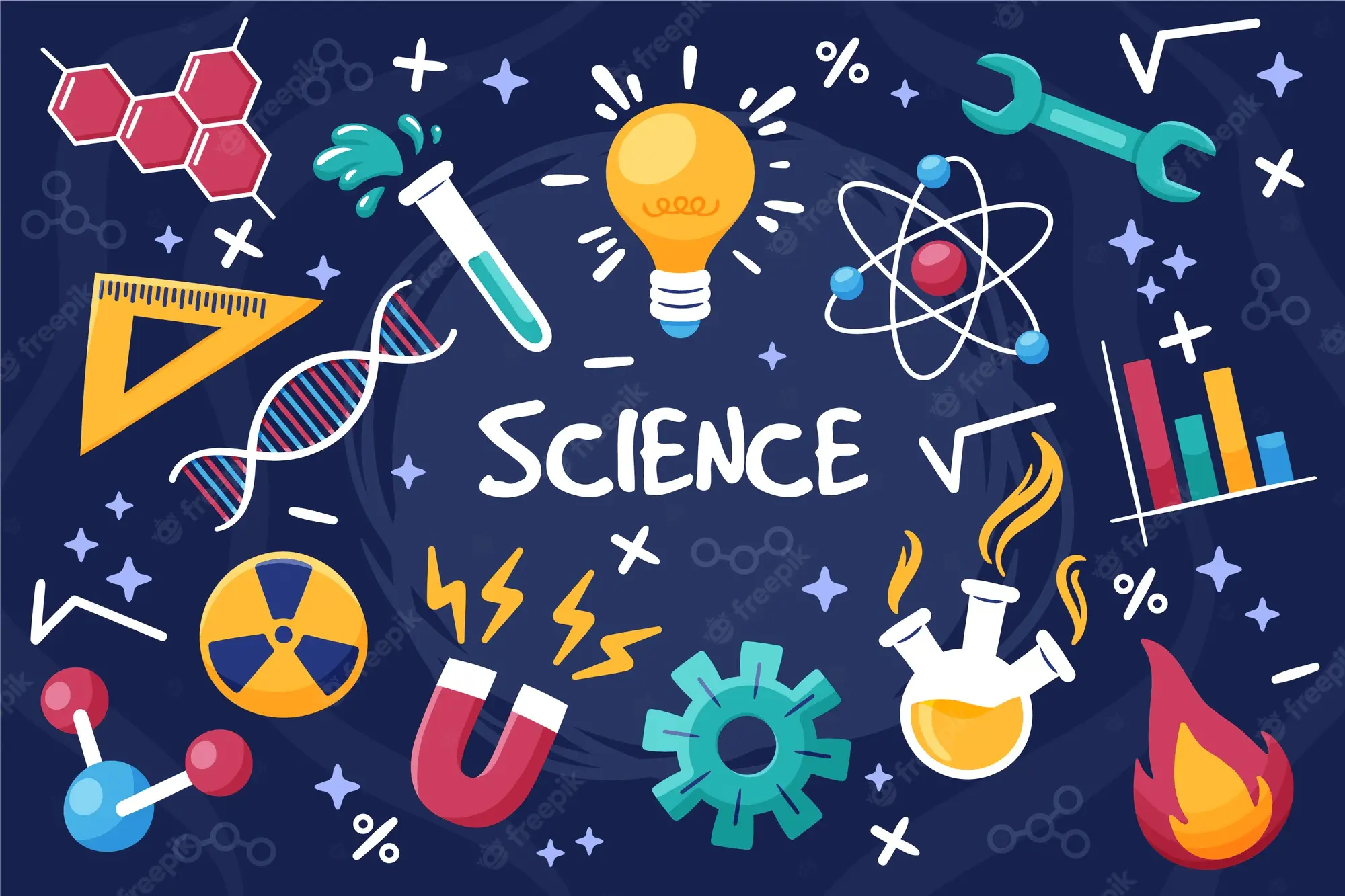Combustion Reactions Books
Principles of Chemical Engineering Processes Material and Energy Balances
Author: Nayef Ghasem, Redhouane Henda
School: Federal University of Technology, Owerri
Department: Engineering
Course Code: CHE202
Topics: Chemical Engineering Processes, Material Balance, Energy Balance, temperature measurement, temperature conversion, dimensional homogeneity, dimensionless quantities, process flow sheet, process unit, process streams, mass flow rates, volumetric rates, moles, molecular weight, stream composition, mass fraction, mole fraction, concentration, pressure measurement, pressure-sensing devices, process units, degrees of freedom analysis, process flow diagram, multiunit process flow diagram, mass balance, Stoichiometric Equation, Stoichiometric Coefficients, Stoichiometric Ratio, Limiting Reactant, Excess Reactants, Combustion Reactions, Chemical Equilibrium, Multiple-Unit Process Flowcharts, Single-Phase Systems, Multiphase Systems, Ideal Gas Equation of State, liquid density, solid density, gas density, Real Gas Relationships, Compressibility Factor, Virial Equation of State, van der Waals Equation of State, Soave–Redlich–Kwong Equation of State, Kay’s Mixing Rules, phase diagram, Vapor–Liquid Equilibrium Curve, Vapor Pressure Estimation, Clapeyron Equation, Clausius–Clapeyron Equation, Cox Chart, Antoine Equation, Partial Pressure, Dalton’s Law of Partial Pressures, Gibbs’ Phase Rule, Bubble Point, Dew Point, Critical Point, Kinetic Energy, Potential Energy, energy balance, steam turbine, heaters, coolers, compressors, Mechanical Energy Balance, Enthalpy Calculations, Constant Heat Capacity, Psychrometric Chart, Heat of Reaction, Heats of Formation, Heat of Combustion, Heat of Reaction Method, Unsteady-State Material Balance, Unsteady-State Energy Balance
Author: Robert thornton morrison, Robert Neilson Boyd
School: University of Ibadan
Department: Science and Technology
Course Code: CHE276
Topics: Organic Chemistry, chemical bond, quantum mechanics, atomic orbitals, electronic configuration, Pauli exclusion principle, molecular orbitals, covalent bond, hybrid orbitals, intramolecular forces, bond dissociation energy, homolysis, heterolysis, bonds polarity, melting point, intermolecular force, boiling point, solubility, acids, bases, isomerism, activation energy, hydrocarbons, methane structure, oxidation, heat of combustion, chlorination control, relative reactivity, reaction mechanisms, chlorination, free radicals, chain reactions inhibitors, transition state, molecular formula, chlorofluorocarbons, qualitative elemental analysis, quantitative elemental analysis, Alkene, free-radical substitution, ethane structure, Higher alkanes, alkyl groups, industrial source, Grignard reagent, halogenation, free radical stability, combustion, greenhouse effect, pyrolysis, cracking, alkane analysis, stereochemistry, stereoisomers, isomer number, tetrahedral carbon, optical activity, plane-polarized light, polarimeter, specific rotation, enantiomerism, chirality, chiral center, enantiomers, racemic modification, Diastereomers, meso structures, conformational isomers, optical purity, Alkyl halides, Nucleophilic aliphatic substitution, homolytic chemistry, heterolytic chemistry, Carbocations, Carbocations structure, alkyl halides analysis, alcohols, ethers, alcohol nomenclature, carbohydrates fermentation, Ethanol, alcohol preparation, alcohol reaction, alcohol oxidation, ethers preparation, Secondary Bonding, carbon-carbon double bond, Unsaturated hydrocarbon, ethylene structure, Propylene, Hybridization, orbital size, butylene, Geometric isomerism, alcohol dehydration, alkene reaction, hydrogen bromide addition, Hydrogenation, Electrophilic addition, Oxymercuration-demercuration, Hydroboration-oxidation, Alkene Free-radical polymerization, allylic Nucleophilic substitution, dienes, isoprene, isoprene rule, acetylene, Cyclic Aliphatic Compounds, cyclic compound stereoisomerism, cyclic ether, crown ethers, aromaticity, Benzene, aliphatic compounds, aromatic compounds, benzene structure, Kekule structure, Benzene ring, aromatic character, polynuclear aromatic hydrocarbons, Naphthalene, Quantitative elemental analysis, Electrophilic Aromatic Substitution, Friedel-Crafts alkylation mechanism, naphthalene electrophilic substitution, Aromatic-Aliphatic Compounds, Arenes, Spectroscopy, mass spectrum, electromagnetic spectrum, nuclear magnetic resonance spectrum, coupling consonants, chemical shift, aldehydes, ketones, Cannizaro reaction, Grignard reagents addition, Tetrahydropyranyl ethers, Iodoform test, Carboxylic Acids, Grignard synthesis, Dicarboxylic acids, acid chlorides, acid anhydrides, amides, esters, Transesterification, Aldol condensation, Wittig reaction, Crossed Claisen condensation, halides, ammonolysis, amide Hofmann degradation, Heterocyclic amines
General organic chemistry-Basic reactions of saturated and unsaturated hydrocarbons
Author: CHM
School: University of Ilorin
Department: Science and Technology
Course Code: CHM112
Topics: aliphatic hydrocarbons, isolation purification
Organic Chemistry, 6th edition
Author: Janice Gorzynski Smith
School: Edo University
Department: Science and Technology
Course Code: CHM123
Topics: Organic Chemistry, periodic table, bonding, Lewis structures, isomers, octet rule, hybridization, ethane, ethylene, acetylene, bond length, bond strength, Electronegativity, Bond Polarity, oxybenzone, Brønsted–Lowry Acids, Brønsted–Lowry Bases, acid strength, Aspirin, organic molecules, functional groups, intermolecular forces, alkanes, cycloalkanes, Substituted Cycloalkanes, lipids, Stereochemistry, starch, cellulose, glass chemistry, chiral molecules, achiral molecules, Disastereomers, meso compounds, Disubstituted Cycloalkanes, isomers, Enantiomers, organic reactions, bond breaking, bond making, Bond Dissociation Energy, thermodynamics, Enthalpy, Entropy, energy diagrams, kinetics, catalysts, enzymes, Alkyl Halides, Nucleophilic Substitution, Polar Carbon–Halogen Bond, nucleophile, Carbocation Stability, Hammond postulate, Biological Nucleophilic Substitution, Vinyl Halides, Aryl Halides, Organic Synthesis, elimination reactions, Alcohols, Ethers, Carbocation Rearrangements, Tosylate, Thials, sulfides, Alkenes, Addition Reactions, Hydrohalogenation, Lipids, Markovnikov's Rule, Halohydrin Formation, Epoxidation, alkenes, mass spectrometry, infrared spectroscopy, electromagnetic radiations, Nuclear Magnetic Resonance Spectroscopy, Magnetic Resonance Imaging, radical reactions, Conjugated Dienes, Electron Delocalization, Diels–Alder Reaction, Benzene, Aromatic Compounds, Benzene's Unusual Stability, Buckminsterfullerene, Electrophilic Aromatic Substitution, Friedel–Crafts Alkylation, Friedel–Crafts Acylation, Nucleophilic Aromatic Substitution, Carbonyl Chemistry, Organometallic Reagents, Aldehydes, Keton, Nucleophilic Addition, Carboxylic Acids, Nitriles, Aspirin, Arachidonic Acid, Prostaglandins, enols
Author: CHE UI
School: University of Ibadan
Department: Science and Technology
Course Code: CHE256
Topics: Chemical Kinetics, rates of reaction, Rate constant, integrated rate law, zero order reaction, First-order rate law, Temperature Dependence of Reaction Rates, Collision Theory, Transition state Theory, Complex Reactions, chain reactions, reversible reactions, opposing reactions, Consecutive Reaction, side reaction
Complications of blood transfusion
Author: AN Duru
School: University of Nigeria, Nsukka
Department: Medical, Pharmaceutical and Health science
Course Code: HEM301
Topics: ACUTE HAEMOLYTIC REACTION, IMMUNE MEDIATED PLATELET DESTRUCTION, FEBRILE NON-HAEMOLYTIC TRANSFUSION REACTIONS, ALLERGIC TRANSFUSION REACTIONS, ANAPHYLACTOID, ANAPHYLACTIC REACTION, TRANSFUSION RELATED ACUTE LUNG INJURY, delayed haemolytic reactions, Allo-immunization, post transfusion purpura, Transfusion associated graft vs host disease, transfusion associated immunomodulation, hypothermia, hypotension, transfusion associated cardiac overload, Circulatory Overload, iron overload, Citrate Toxicity, electrolyte imbalance, acid-base imbalance, bleeding tendency, embolism, transfusion transmissible infections, human immunodeficiency virus, cytomegalovirus, transfusion reactions
Schaum's Outline of College Chemistry ,Ninth edition
Author: Jerome Rosenberg, Lawrence Epstein, Peter Krieger
School: Ahmadu Bello University, Zaria
Department: Science and Technology
Course Code: CHEM131
Topics: temperature, temperature units, atomic mass, molar mass, molecular mass, relative atomic mass, emperical formula, chemical formula, limiting reactant, chemical reactions, gas, gas volume, pressure, standard atmospheric pressure, pressure measurement, gas law, Boyle's law, Charles's law, Gay-lussac law, combined gas law, ideal gas, ideal gas law, kinetic theory, avogardo hypothesis, molar volume, gas volume, gas stoichiometry, thermochemistry, heat, heat capacity, calorimetry, energy, enthalphy, thermochemical reactions, atomic structure, particle, waves, Pauli principle, Periodic law, Aufbau principle, Electron configuration, Atomic radii, ionization energy, electron affinity, chemical bonding, molecular structure, ionic compounds, covalence, valence-bond representation, molecular-orbital representation, π BONDING, MULTICENTER π BONDS, coordination compounds, isomerism, solid, liquid, crystals, crystal forces, Ionic Radii, oxidation-reduction, oxidation number, oxidizing agents, reducing agents, ionic notation, balancing equations, concentration, concentration scales, concentration units, dilution, volumetric standard solutions, vapor pressure lowering, freezing-point lowering, boiling-point lowering, Boiling-point elevation, osmotic pressure, Law of distribution, isomerism, functional groups, organic chemistry, biochemistry, thermodynamics, chemical equilibrium, Equilibrium constant, Le Chatelier's principle, acid, base, hydrolysis, buffer solution, indicators, weak polyprotic acids, tittration, complex ions, coordination complexes, electrochemistry, solubility product, electrical units, electrolysis, voltaic cells, standard half-cell potentials, free energy, Nonstandard potentials, rate of reactions, rate constant, energy of activation, Nuclear process, Binding energy, nuclear equations, radiochemistry
Chemistry & Chemical Reactivity, 10th edition
Author: John Kotz, Paul Treichel, John Townsend, David Treichel
School: Chukwuemeka Odumegwu Ojukwu University
Department: Science and Technology
Course Code: CHM313
Topics: Chemistry, Chemical Reactivity, atoms, molecules, ions, chemical reactions, Stoichiometry. gases, intermolecular forces, liquids, solid state, chemical reactions, chemical kinetics, acid, base, electron transfer reactions, environmental chemistry, carbon, biochemistry, nuclear chemistry
Author: Reginald Gorczynski, Jacqueline Stanley
School: Edo University
Department: Medical, Pharmaceutical and Health science
Course Code: BCH321
Topics: Clinical Immunology, immune system, innate immune responses, adaptive immune responses, Phagocytosis, natural killer cells, Eosinophils, antigen presenting cell, antigen presenting molecules, Monoclonal Antibodies, clinical trials, Xenotransplantation, cytokines, Cells of Adaptive Immunity, B-lymphocyte Antigen-specific Receptor, B-cell Differentiation, T-lymphocyte Antigen-specific Receptor, bone marrow, Antigen Dependent B-cell Differentiation, T Lymphocytes, inflammation, Vasodilatation, Increased Vascular Permeability, Edema, host defense, immunization, passive immunization, vaccines, vaccine technology, Hypersensitivity Reactions, Immediate Hypersensitivity Reactions, Antibody-mediated Hypersensitivity Reactions, Immune-complex Mediated Hypersensitivity, Cell-mediated Hypersensitivity, autoimmunity, Immunotherapy, Autoimmune Disorders, autoreactive antibodies, Immunodeficiency Disorders, Tumor Immunology, tumor antigens, Tumor Immunosurveillance, transplantation, Graft Rejection
Shriver & Atkin's inorganic chemistry
Author: Peter Atkins, Tina Overton, Jonathan Rourke, Mark weller, Fraser Armstrong, Michael Hagerman
School: University of Ibadan
Department: Science and Technology
Course Code: CHE126
Topics: Inorganic chemistry, atomic structure, atomic orbitals, molecular structure, bonding, Lewis structure, valence bond theory, Molecular orbital theory, ionic solids, ionic bonding, semiconduction, acid, base, Brønsted acidity, Lewis acidity, oxidation, reduction, reduction potentials, redox stability, Molecular symmetry, isomerism, coordination compounds, chirality, spectroscopy, chemical analysis, Magnetometry, periodic trends, Group 1 elements, Group 2 elements, hydrogen, Group 13 elements, Group 15 elements, Group 14 elements, Group 16 elements, d-Block elements, Representative compounds, Electronic spectra, Magnetism, Coordination chemistry, Ligand substitution reactions, Ligand substitution, Redox reactions, Photochemical reactions, Lanthanoid chemistry, Actinoid chemistry, ligands, Solid-state chemistry, materials chemistry, Metal oxides, nitrides, fluorides, Chalcogenides, intercalation compounds, Hydrides, inorganic pigments, Semiconductor chemistry, Molecular materials, fullerides, catalysis, Homogeneous catalysis, Heterogeneous catalysis, Hybrid catalysis, Characterization, fabrication, Nanomaterials, nanoscience, nanotechnology, Self-assembled nanostructures, Bioinorganic nanomaterials, Biological inorganic chemistry, Catalytic processes, Biological cycles, Chelation therapy, nitrogen cycle, hydrogen cycle, acid-base catalysis, Tethered catalysts, Electrocatalysis, Alkene polymerization, Ammonia synthesis, Hydroformylation, Alkene metathesis
Departments

Administration, Social and Management science

Agriculture and Veterinary Medicine

Arts and Humanities

Education

Engineering

General studies

Law

Medical, Pharmaceutical and Health science

Science and Technology